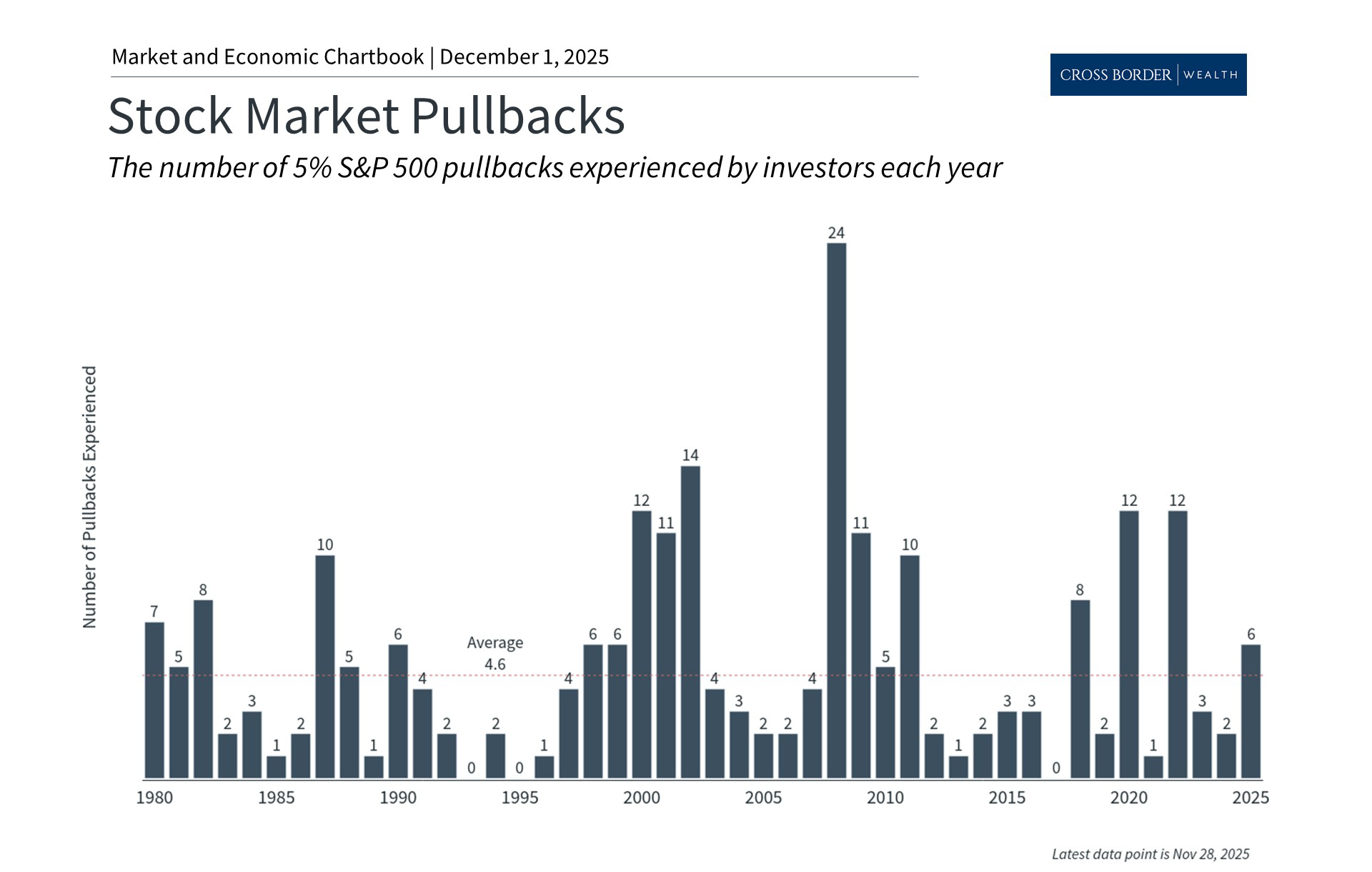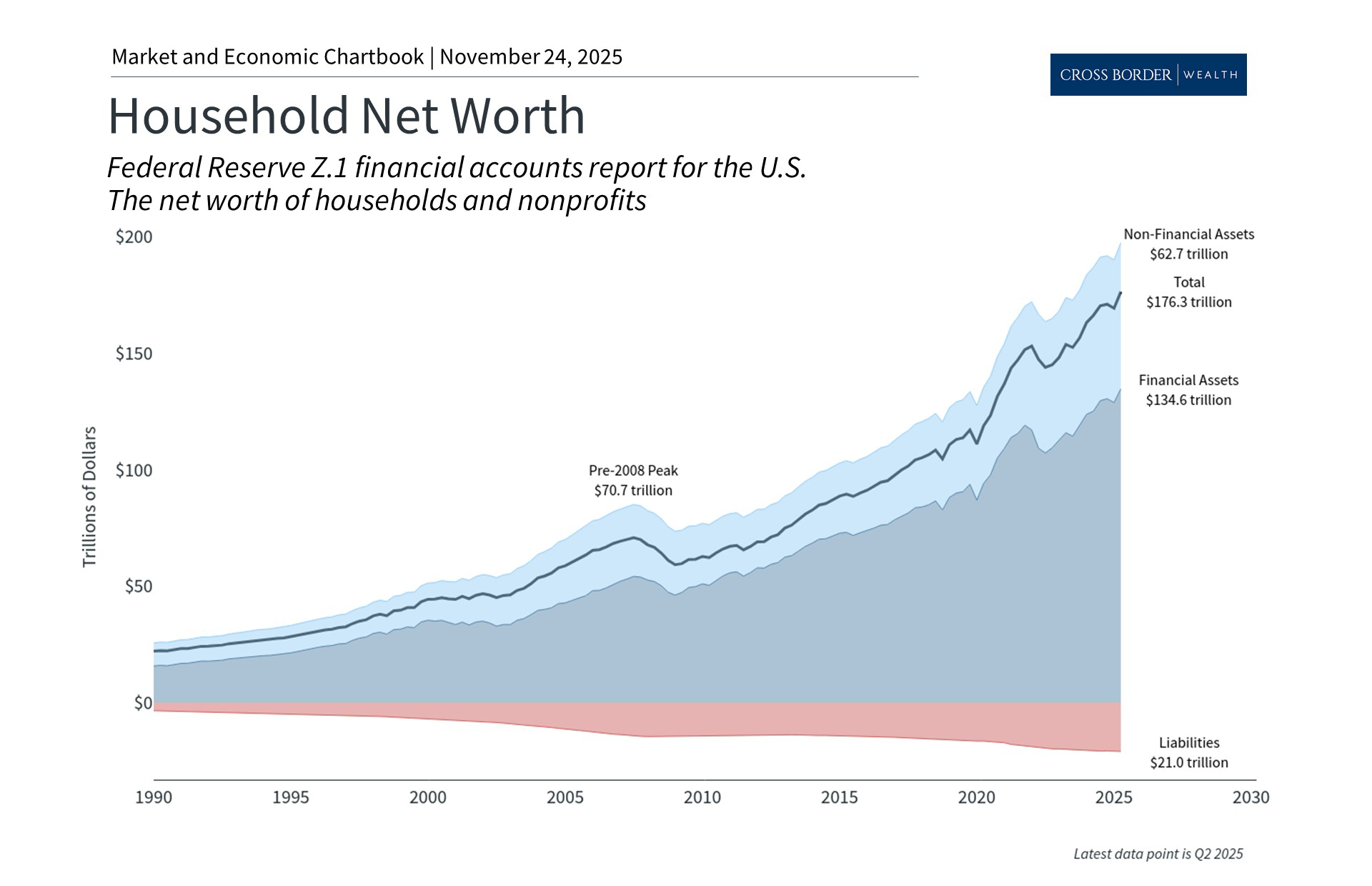Integrating Social Security with Other Retirement Plans
- US Pensions
- 7 mins
You may receive retirement and/or survivor's benefits from sources other than Social Security. Perhaps you are a federal employee, or maybe your employer pays you a pension. You can plan better for retirement if you know how income from other benefit plans may affect your Social Security benefits and how your Social Security benefits may affect how much you receive from other benefit plans.
The government pension offset
What is the government pension offset?
If you are entitled to receive a government pension as well as Social Security spousal retirement or survivor's benefits, the government pension offset may reduce the amount of the spousal retirement or survivor's benefit paid to you.
Who does it affect?
Social Security retirement or survivor's benefits payable to the spouse (or divorced spouse) of a worker covered by Social Security may be reduced (offset) if that spouse receives a federal, local, or state governmental pension based on his or her own earnings.
The government pension offset applies only to a pension payable to the spouse based on his or her own earnings that weren't covered under Social Security. For example, a pension received by a federal employee enrolled in the Civil Service Retirement System (CSRS) may affect Social Security benefits, because the pension is based on earnings that weren't subject to Social Security payroll taxes.
The pensions of some government employees are exempt from the offset
The Social Security Administration (SSA) lists the following employees as exempt from the government pension offset:
- Any state, local, or military service employee whose government pension is based on a job where he or she was covered by Social Security throughout his or her last 60 months of employment with the government entity.
- Anyone whose government pension is not based on his or her own earnings.
- Anyone who received or who was eligible to receive a government pension before December 1982 and who meets all the requirements for Social Security spouse's benefits in effect in January 1977.
- Anyone who received or was eligible to receive a federal, state, or local government pension before July 1, 1983, and was receiving one-half support from her or his spouse.
- Federal employees who are mandatorily covered under Social Security.
- Federal employees who chose to switch from the CSRS to the Federal Employees Retirement System (FERS) on or before December 1987. Federal employees who chose to switch after December 1987 need five years under FERS to be exempt from the government pension offset. If, however, the Office of Personnel Management allowed an employee to make a belated election to FERS, that change could have been made through June 30, 1988.
How much is the government pension offset?
The government pension offset will reduce spousal Social Security retirement or survivor's benefits by two-thirds of the amount of the government pension.
Example(s): Marilyn receives $600 a month from her government pension (based on her own earnings), and she is entitled to receive a $500 spousal retirement benefit based on her husband's Social Security record. Two-thirds of the amount of her government pension is $400, so her Social Security spousal retirement benefit will be reduced from $500 to $100.
The windfall elimination provision
What is the windfall elimination provision?
The windfall elimination provision (WEP) affects how your Social Security retirement benefit is figured if you receive a pension from work not covered by Social Security. The formula used to figure your benefit is modified, resulting in a lower Social Security retirement benefit.
Who does it affect?
The WEP provision might affect you if:
- You earned a government pension from work not subject to Social Security taxes, and you also worked at another job where you paid Social Security taxes long enough to qualify for a Social Security retirement benefit, and
- You reach 62 after 1985 and first become eligible for the monthly pension after 1985 (you are considered eligible for the pension, if you meet the pension requirements, even if you continue to work).
How your retirement benefit is normally calculated
Normally, your benefit is calculated by applying a benefit formula to your average indexed monthly earnings (AIME). This benefit formula separates your average earnings into three levels and multiplies each level by a different factor. For example, if you turn 62 in 2022, the first $1,024 of your AIME is multiplied by 90 percent. The next $6,172 is multiplied by 32 percent and the remainder by 15 percent.
How your retirement benefit is calculated using the revised formula
The revised formula is used to calculate your benefit if you are eligible for a pension from noncovered employment. This formula reduces the 90 percent factor to 40 percent to calculate the benefit for people who reached age 62 in 1990 or later and have minimal Social Security coverage. However, if you have between 21 and 29 years of substantial earnings, the percentage factor is reduced to between 45 and 85 percent.
Tip: Two other methods, the simplified old-start method and the special minimum PIA, are also considered when determining the amount of benefits payable. The computation that yields the highest PIA will be used by the SSA to determine the amount of benefits payable.
The revised formula doesn't apply in certain cases
The revised formula doesn't apply if:
- You're a federal worker covered for Social Security purposes
- You were employed on December 31, 1983, by a nonprofit organization that was exempt from Social Security and it became mandatorily covered under Social Security on that date
- Your only pension is based on railroad employment
- You have 30 or more years of coverage under Social Security
- Your Social Security benefit is a survivor's benefit
The revised formula can reduce benefits only up to a certain limit
Your Social Security retirement benefit can't be reduced to an amount less than one-half of the part of your pension attributable to earnings after 1956 not covered by Social Security. A calculator is available at the Social Security Administration's website, socialsecurity.gov, that can help you calculate your WEP reduction.
How will your Social Security benefits affect income you receive from other benefit plans?
The FERS annuity supplement
A retired employee receiving a Basic Annuity under the Federal Employees Retirement System (FERS) also receives a Basic Annuity Supplement if that employee is under age 62. The Supplement is equal to the estimated amount of Social Security retirement benefits that the employee would be eligible to receive based on civil service retirement earnings. The Supplement stops when the employee becomes eligible for Social Security retirement benefits (age 62). Only employees eligible to receive an unreduced retirement annuity can receive the Supplement, unless the employee was retired involuntarily and is age 55 or older.
Survivor's benefits under FERS
Besides receiving a survivor's annuity, the widow or widower of an employee covered under the FERS system will be eligible to receive an annuity supplement if he or she is under age 60 and therefore not yet eligible to receive Social Security benefits. The annuity supplement is designed to be the equivalent of Social Security or a Civil Service Retirement System survivor's benefit. In addition, the survivor's annuity that a dependent child receives is reduced by the amount of any Social Security survivor benefits he or she receives.
Survivor's annuities under the Railroad Retirement Act
The Railroad Retirement Act provides retirement and survivor's benefits (in the form of an annuity) to railroad employees. These benefits are financed by payroll taxes. The benefits are divided into two levels: Tier I and Tier II. Tier I benefits are based upon railroad service and Social Security covered employment. They're generally equivalent to Social Security benefits and are calculated in a similar way. Tier II benefits are based on railroad service alone and are paid over and above Social Security benefit levels.
Survivor's annuities paid under Tier I are reduced by the amount of any Social Security benefit received by the survivor. In addition, like Social Security benefits, railroad annuities are subject to an excess earnings limit. Survivors who are receiving Social Security benefits have their railroad retirement annuity and Social Security benefit combined for earnings limitation purposes.
How Social Security affects qualified retirement plans
Your employer may integrate Social Security with a qualified retirement plan where permitted by law. Check with your employer if you have questions regarding your qualified retirement plan.
Your employer-sponsored disability or health care plan may also be integrated with Social Security disability benefits or Medicare.
Questions & Answers
Will you qualify for Medicare even if you don't receive a Social Security retirement benefit because you receive a government pension?
If you're age 65, you may qualify for Medicare even if you don't receive a Social Security retirement benefit.
Cross Border Wealth is a SEC-registered investment adviser which may only transact business in those jurisdictions in which it is registered or qualifies for an exemption or exclusion from registration requirements.
Cross Border Wealth may discuss and display charts, graphs, formulas, stock, and sector picks which are not intended to be used by themselves to determine which securities to buy or sell, or when to buy or sell them. This specific information is limited and should not be used on their own to make investment decisions.
All information provided in this article is for educational purposes only and does not intend to make an offer or solicitation for the sale or purchase of any specific securities, investment, or investment strategies. Please ensure to first consult with a qualified financial adviser and or tax professional. Further, please note that while said information has been obtained from known sources which are believed to be reliable, none of these are guaranteed.


